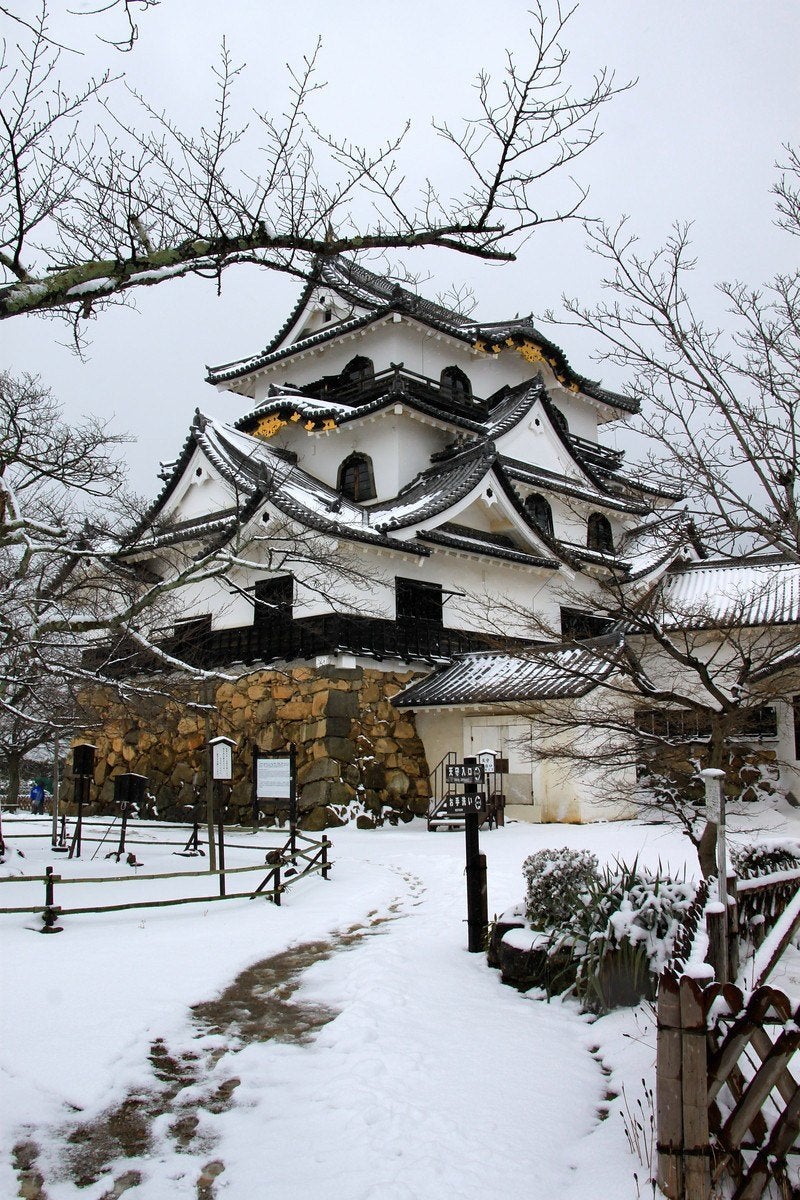In Japan, people noticed from time immemorial that certain actions led to a good outcome, which made them repeat those actions to the point where they became customs. Japanese have a tendency to qualify certain things or actions as “good omens” and others as “bad omens.” In Japanese this tendency is called engi wo katsugu or gen wo katsugu, which in English translation would mean “believing in superstitions,” where the word engi in the first expression means a “sign of the fate of things,” or “harbinger.”
Here are 7 practices often performed by Japanese in order to bring about good luck, fortune and happiness. And since the number 7 is also considered “lucky” in the Japanese tradition, one may say that this number itself can be a lucky charm!
Buying o-mamori
There are several types of o-mamori, such as the ones for good health, wealth, good luck in business, finding love, easy childbirth, safety of the home, safety in traffic, good grades in school, and so on.
Not using taboo or forbidden words
For example, words such as “slipping” or “falling” are not to be used around students facing the entrance examination for high school or university, as in Japanese they carry the meaning of “failure.” Similarly, in speeches given at a wedding ceremony, it has become an engrained practice and rule not to use words that convey the meaning of “cutting,” “breaking up,” “separating,” “ending,” as they suggest divorce.
Eating foods that bring luck
The 1500s are known in Japan as the “Warring States period,” a time of struggle for supremacy between samurai from feudal domains all over the country. At the preparation rallies that took place before each battle, the samurai ate abalone, chestnuts and kelp. The reason for choosing these particular foods was that the words commonly used for them contained the meaning of “hitting,” “winning,” and “enjoying.”
One other example is eating sea bream on New Year’s Day or for other celebrations. The reason is that the pronunciation of the Japanese word for “sea bream” is reminiscent of the word for “congratulations.” In our times, the food preferred before facing major challenges are tonkatsu (breaded pork cutlet), katsudon (breaded pork cutlet on rice), katsukarē (breaded pork cutlet on rice with curry). The name of all these foods contain the word katsu, which is a homophone of the verb “to win,” so exam takers, athletes, politicians seeking election in office and others choose to eat these foods. One other habit that is spreading especially among exam takers is to use KitKat chocolate bars as talisman food. The second half of the brand name, “Kat,” is also reminiscent of the verb katsu.
Wearing lucky clothes
This type of lucky clothing is not limited only to what is visible on the outside. Underwear in lucky colors is not unheard of. When going on a date with someone they really like and with whom they really want to enter in a relationship, girls wear their lucky underwear. They say that if they are to get as far as spending the night with their beau, they might as well not be ashamed when taking off their lucky knickers.
Lucky salt
Placing the Lucky Cat figurine and the Seven Lucky Gods in the house
Back in the 1400s, the seven gods of fortune, Daikokuten, Ebisu, Bishamonten, Benzaiten, Fukurokuju, Jurōjin, and Hotei, were adopted as symbols of happiness and fortune. They are rooted in various foreign religious traditions, such as Indian Hinduism and Buddhism, and Chinese Taoism. Ebisu, however, originates in the Japanese tradition, where he is the god of commerce and agriculture.
Auspicious animals: The crane and the turtle
Borrowed from the animals living on the legendary Chinese mountain of perpetual youth and longevity, Penglai (Hōrai, in Japanese), the turtle was viewed from ancient times as an animal capable of deep friendship, as it is portrayed in the Japanese fairy-tale Urashima Tarō, and, as such, a very auspicious animal.
As seen above, Japanese of the ancient times believed that by uttering bad words they would bring about bad omens. But if the inevitable happened and the taboo words were to be pronounced, the repetition of the names of these two auspicious animals: tsurukame, tsurukame, tsurukame (crane-turtle, crane-turtle, crane-turtle) could ward off the evil. This practice is called in Japanese enginaoshi, or “omen-fixing,” a prayer-like incantation meant to correct a bad omen.
This post is part of a Third Metric collaboration among The Huffington Post’s international editions, showcasing wisdom from around the world. It has been translated from Japanese.
